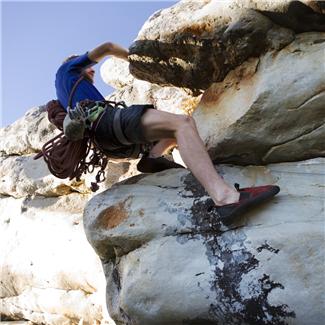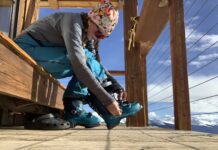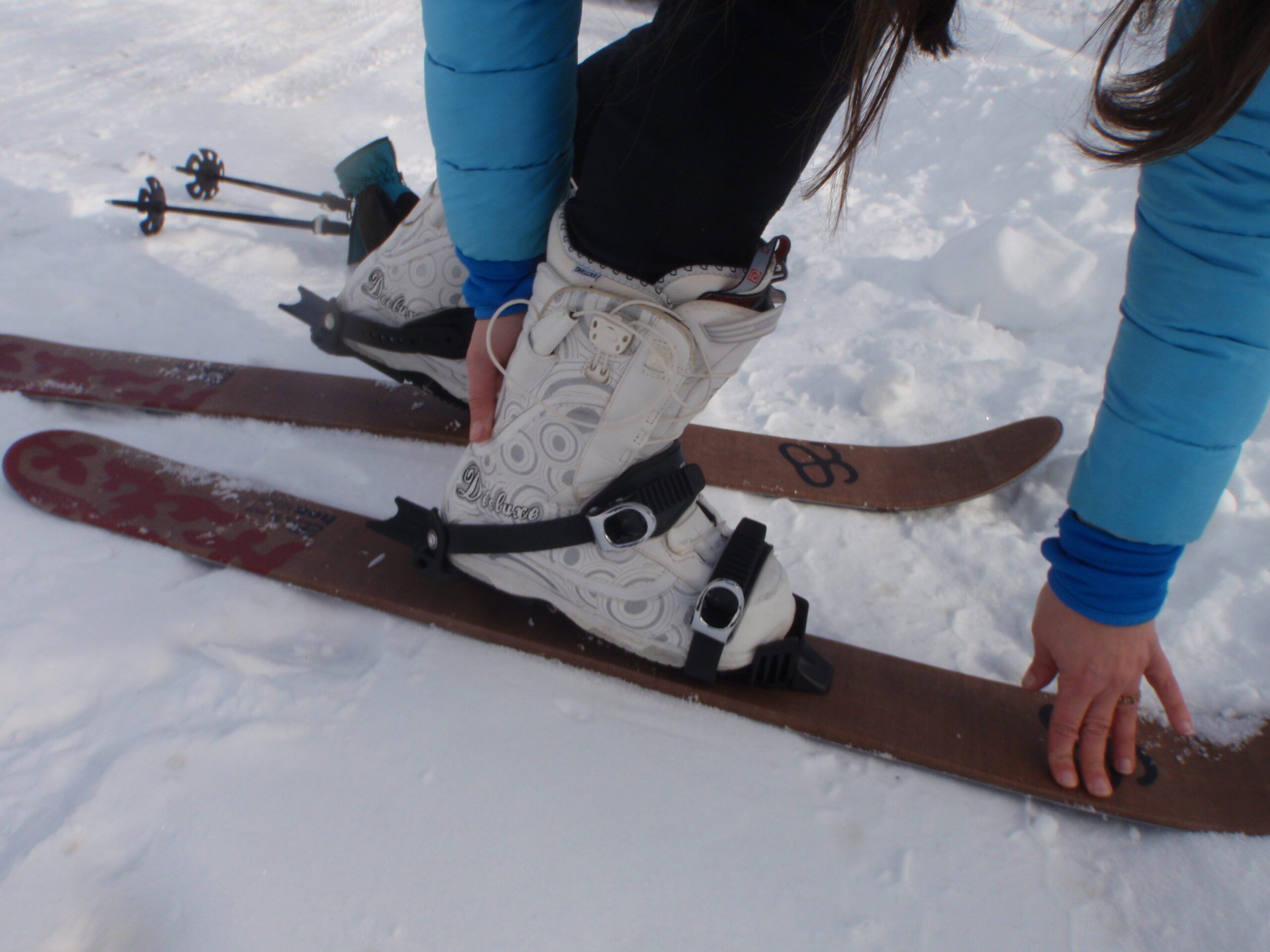 The rock climbing harness is extremely vital because it connects the climber with his or her rope. Buying a harness is much more than walking into an adventure equipment store and picking up any top-quality harness. Here are some important tips on how to choose a rock climbing harness:
The rock climbing harness is extremely vital because it connects the climber with his or her rope. Buying a harness is much more than walking into an adventure equipment store and picking up any top-quality harness. Here are some important tips on how to choose a rock climbing harness:
Different Types of Harnesses
- Crag or all-round harnesses are recommended for beginners as they function efficiently in different climbing applications such as gym climbing and top roping. These harnesses are equipped with padded leg loops and waist belts and are therefore very comfortable. Detachable leg loops on these harnesses allow climbers to answer the call of nature without untying themselves from the climbing rope. They are also equipped with a front loop that can be used to attach a rappel device.
- Alpine harnesses are constructed for mountain climbing. These have to be very light in weight and bulk, and therefore are equipped with nominal padding. They are made using non-absorbent material to ensure that the harnesses can stand mountain or glacier weather conditions. Their waist belt is very adjustable and their detachable leg loops allow climbers to change clothes or answer nature’s call with the rope tied to their waist.
- Big wall climbing requires special harnesses that can withstand multiple-pitch and multiple-day climbing. Such harnesses are well-padded around the waistbelt and leg loops to make hanging more comfortable. They also feature gear racking to make the shoulder gear sling seem lighter. A strong haul loop at their back allows climbers to easily tow ropes or heavy bags.
- Climbers who participate in competitions like Speed Events can choose harnesses designed for competitive events. Such harnesses are slim and their webbing allows climbers to move freely. Padding and frills are limited.
Factors To Be Considered Before Buying A Climbing Harness
After determining the type of harness that will work for you, here are some factors you should consider before making a purchase:
- The fit characteristics of harnesses for women and children are different from those for men.
- Harnesses come in different styles – the Diaper harness is made using flat webbing and a buckled waistbelt with adjustable leg loops, which allow climbers to wear it over different types of clothing; full-body harnesses are meant for children or adults with narrow waists; chest harnesses are worn on climbs in which the climber is at risk of falling on his head.
- If the harness fits tight, it will restrict the climber’s movement or pinch him; if it is loose, it could let go all of a sudden and cause the climber to fall.
- The waistbelt should fit comfortably just above the hip bone. It should not restrict the breathing.
- Climbers should be able to double-back their leg loop’s webbing straps through the buckles and still have 2 inches of strap left.
- The harness must be tied strictly as per the manufacturer’s instructions.
- A harness lasts up to two years depending on usage. It should be immediately replaced if the climber feels it has weakened.
These tips should help you choose an appropriate harness for when rock climbing.
Martin A. Gaines, a sports enthusiast from San Jose, CA loves rock climbing and highly recommends mountaineeringtrainingschool.com for advanced rock and mountain climbing training.











